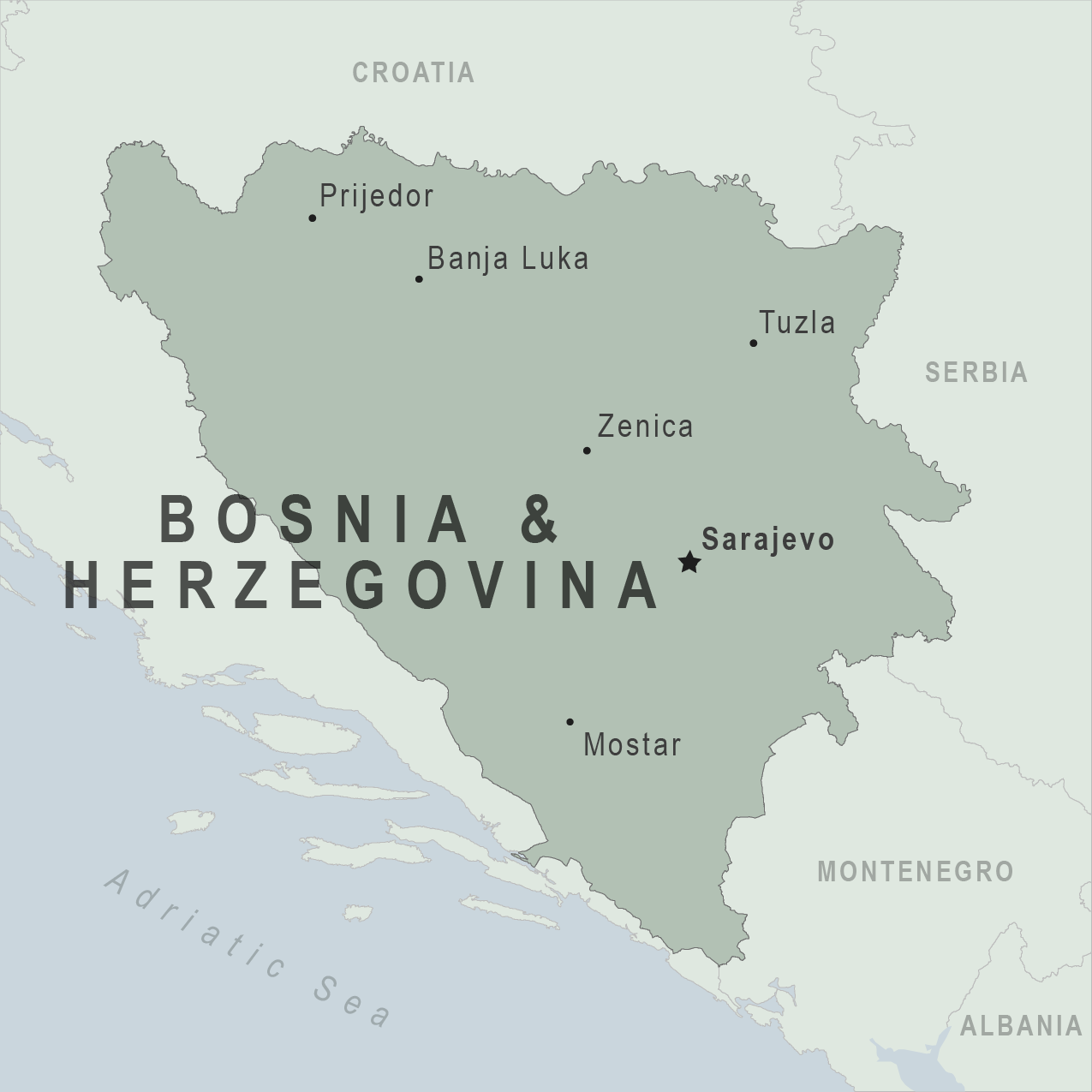Bush and 9/11
Republican George W. Bush, son of the first President Bush, won the presidency in 2000. The new president soon found most of his attention directed toward the problem of terrorism. Terrorists directed by Osama bin Laden hijacked four commerical jets in Boston, Newark, and Washington D.C. The hijackers flew two of the ariplanes directly into the World Trade Center towers in New York City. A third hijacked plane slammed into the Pentagon in Arlington, Virginia. The fourth plane crashed into an isolated field in Pennsylvania. In all, almost 3,000 people were killed that day.
After the attacks of September 11, President George W. Bush vowed to fight terrorism. In October 2001, he led a coalition of countries in a war against the Taliban in Afghanistan. The Taliban is a militant Islamic group that controlled Afghanistan and allowed Osama bin Laden to train his al-Qaeda terrorists there. After the defeat of the Taliban, the United States and its allies worked with Afghan leaders to create a new government.
In November 2004, Bush was narrowly elected to a second term as president. Four years later, however, his popularity plummeted due to growing discontent over the Iraq War, dramatic increases in oil and gas prices, and a significant downturn in the economy caused in part by the problems in the home mortgage industry.



